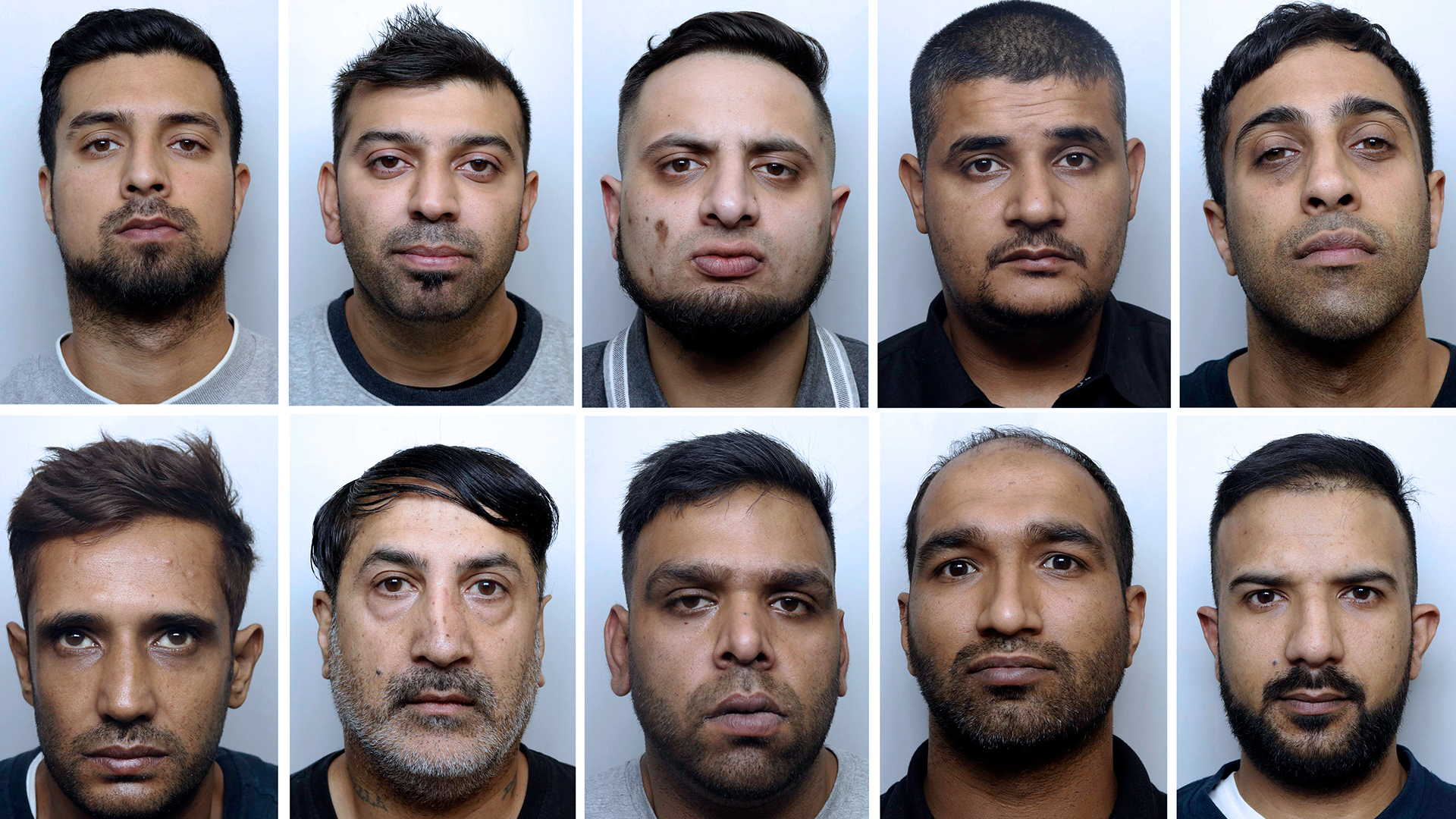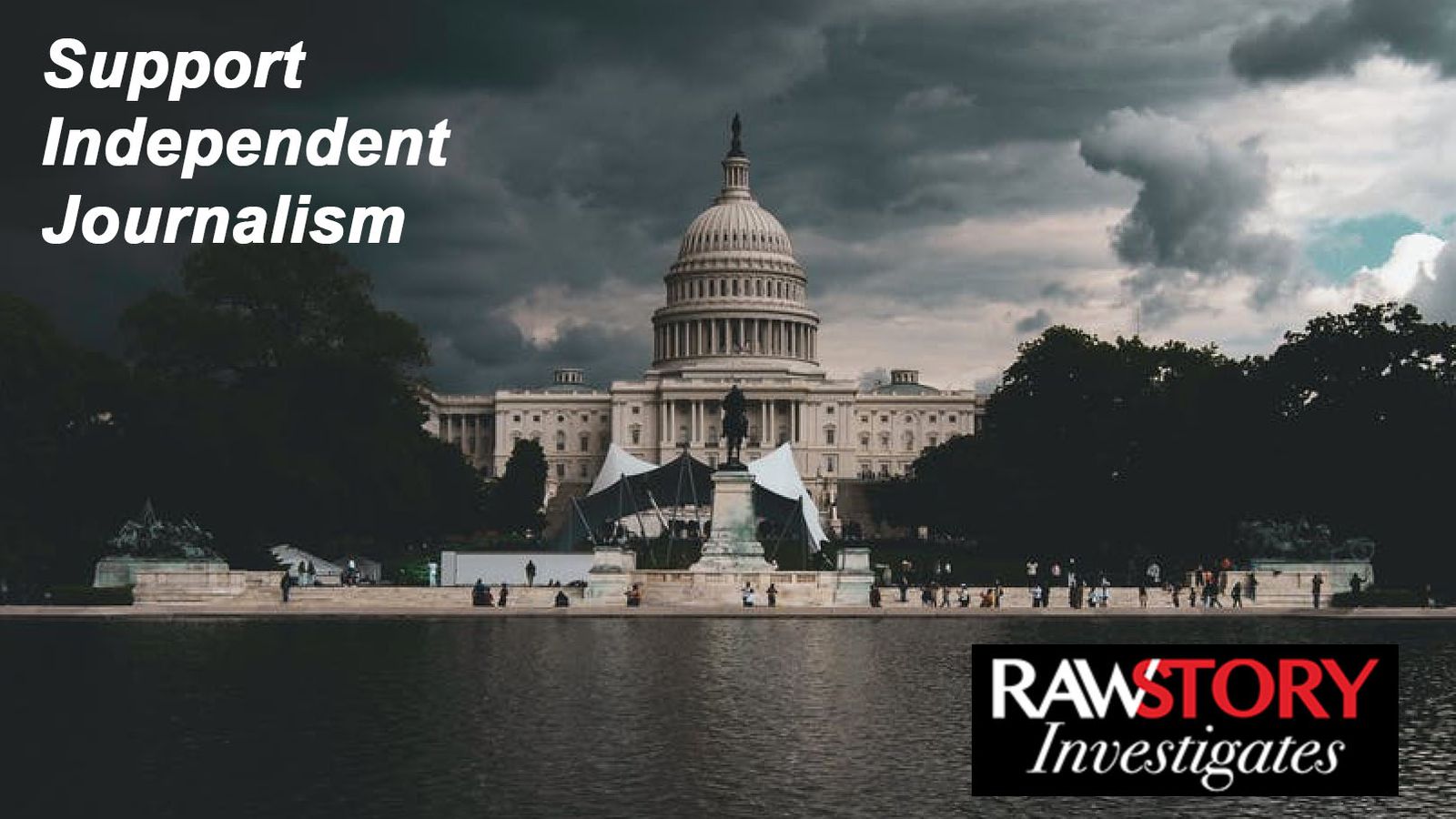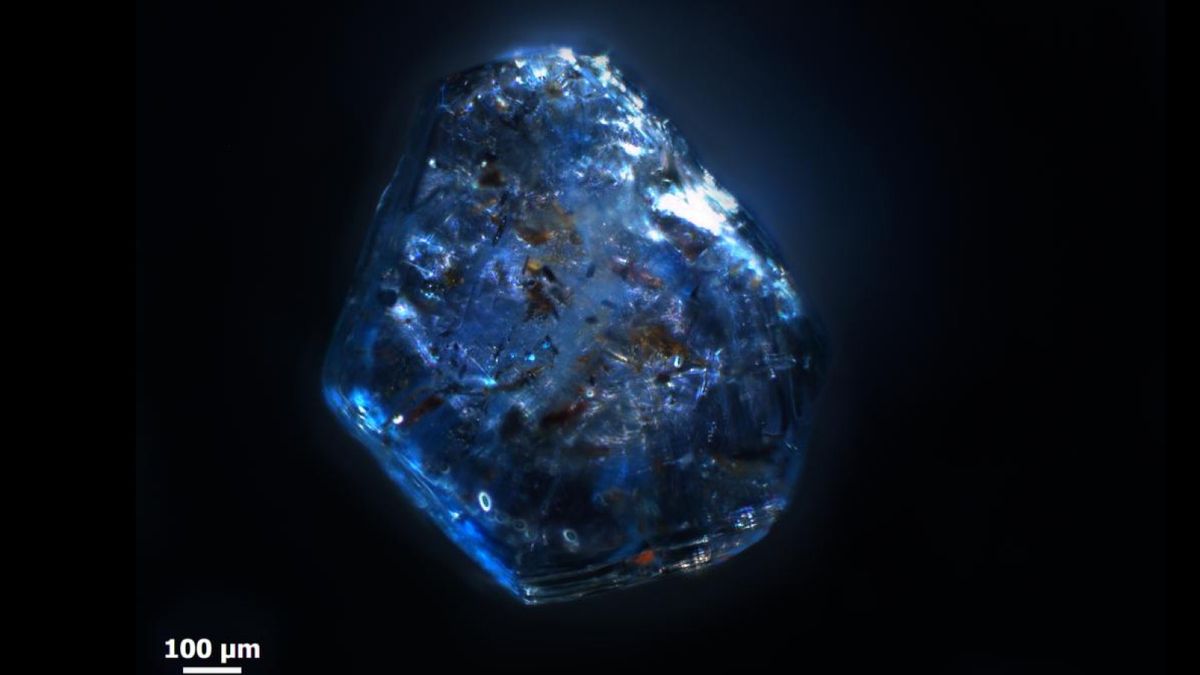A HIROSHIMA nuclear blast survivor has broken his silence 79 years after the devastating bomb was first dropped.
Brave Mikio Saiki, 92, has revealed the horrors he witnessed the moment the deadly atomic weapon struck in 1945 with piles of charred bodies left on the streets and houses crumbling down.
An estimated 140,000 people died when the US used a nuclear bomb on the Japanese city of Hiroshima at the end of World War Two.
But the instant deaths of the men, women and children was only the start of almost eight decades of pain and torment.
Chilling stories of “alligator people” roaming around the irradiated ruins would live on long in the memory of the survivors – many of whom were forced to live with horrific burns and radiation sickness.
Saiki has only just become comfortable enough to tell his harrowing story after 80 tragic years of feeling “guilty for surviving”.
read more in nuclear fears
Describing the fateful morning of August 6, 1945, Saiki said: “I was about to put on my shoes when there was a bright flash.
“Everything turned white, and then it went pitch black as our house collapsed.”
The now elderly survivor was just a 13-year-old student when his family and friends were struck down by the blast just 2km east of the epicenter.
Saiki’s father was thrown onto a bridge with severe burns to the side of his face with 369 students and staff at his high school perishing.
The next day the teen travelled with his shaken pals into school to try and help out in any way they could.
Along the route to Hijiyama, the 92-year-old remembers the unimaginable sights he has been forced to live with.
He said: “Blackened bodies lined both sides of the road, stretching down to the base of the hill.”
More victims could be seen floating in rivers with buildings crumbling to the ground.
Some of the worst affected survivors were later dubbed “alligator people” due to the aftermath of the nuclear fireball.
Faceless and eyeless, they were horrifically burned by the blast with their skins said to have been left blackened, cracked and scaly – just like an alligator.
The hellish sights proved too much and Saiki went back home with him refusing to reopen the wounds for 79 long years.
Speaking to students in Hiroshima last week, Saiki revealed: “I felt guilty for surviving. I felt sorry for those who died. I knew I needed to talk about it, but I didn’t want to.”
Other survivors who have spoke out since have described the injured as “walking ghosts” with two thirds of the city reduced to rubble.
Hiroshima and Nagasaki – which was bombed three days later on August 9 – were the first and only time nuclear weapons have been deployed at war.
The double blow ended World War 2 but its use has long been a controversial talking point globally.
Some argue by ending the war the bomb saved more lives in the long term.
Japan ultimately surrendered days later meaning the US wasn’t forced to invade and extend the bloody battles further.
Others remain adamant that the bomb with such a long lasting impact could never be justified due to the number of civilians killed.
Yasujiro Tanaka was three when the bomb went off over Nagasaki – and even now he remembers the blast first detonating.
He describes the moment as a “million camera flashes going off at once”.
Tanaka was left buried in the wreckage of his home – with his injuries leaving him with radiation burns, deaf in one ear and with a misshapen face.
His mother was left with glass shards growing out of her skin for years to come before the long-embedded shards were finally pushed out – ending the torment.
I felt guilty for surviving. I felt sorry for those who died. I knew I needed to talk about it, but I didn’t want to
Mikio Saiki
Masakatsu Obata also survived the Nagasaki bombing revealed seeing a coworker with his skin “melted off” and bodies and faces swollen to “one and a half times the size”.
Further nightmares were told to TIME with Taeko Terame saying the city became a “sea of fire” as voices cried out for help.
“I began to choke on the consequent smoke— poisonous gas, it seemed like—and vomited uncontrollably,” she said.
For the now retired Saiki, his reason for finally speaking out coincides with his growing fears of a repeat nuclear disaster.
He feels Vladimir Putin’s terrifying onslaught on Ukraine and his incessant thirst for domination is pushing Europe closer to an all out war.
With the possibility of an atomic blast being unleashed again ever the more likely.
The Japanese native was diagnosed with stomach cancer six years ago meaning now was the time to speak up.
Saiki, who went to work for a local TV station, warned: “People around the world don’t know the misery of nuclear weapons. We have an obligation to inform them.
“We need to show the world the true terror of nuclear weapons.
“If I miss this opportunity, I will never be able to do it.”
He is now touring the world and giving lectures on his experience in Hiroshima with his main mission being to abolish nuclear weapons.
Hiroshima and Nagasaki bombings
In July 1945 US President Harry Truman gave the order for atomic bombs – developed by Manhattan Project scientists – to be dropped on six Japanese cities.
The first target chosen was Hiroshima, an industrial city with a large military HQ in the south west.
Early on August 6, a B-29 Superfortress bomber named Enola Gay after the commander’s mother took off from Tinian in the Northern Marinara Islands.
At 8.15am it dropped the Little Boy uranium bomb, 9ft 10in long and weighing 9,700lb, from a height of 31,060ft.
The target was the Aioi Bridge over the Ota and Motoyasu rivers but the wind blew it 820ft off course.
People around the world don’t know the misery of nuclear weapons. We have an obligation to inform them. We need to show the world the true terror of nuclear weapons
Mikio Saiki
After 43 seconds the bomb detonated 1,970ft off the ground, directly above Shima hospital, with a force equivalent to 15,000 tons of high explosives.
It created a blinding flash of light and a fireball 1,200ft across with a core temperature of more than 1,000,000C.
Victims in the immediate blast zone were vaporised, leaving only their shadows on the scorched walls and pavements where they were standing.
A shockwave faster than the speed of sound obliterated virtually every building within a mile.
The fireball also sparked devastating infernos that lasted three days. In total an area of more than six square miles was levelled.
Officials later estimated 70 per cent of the city’s buildings were destroyed.
Three days after the Hiroshima blast, the “Fat Man” plutonium bomb was dropped on Nagasaki killing around 50,000.
Six days later Japan surrendered and the war was over.
Why were bombs dropped on Hiroshima and Nagasaki?

IN July 1945 US President Harry Truman gave the order for atomic bombs – developed by Manhattan Project scientists – to be dropped on six Japanese cities after endless bombing proved fruitless on Japan.
The Americans were desperate for a way to put a stop to the conflict, calculating an invasion of Japan would drag on for years and cost a million Allied lives.
Allied forces suffered heavy casualties in Europe until Germany surrendered in May 1945.
Japanese soldiers had shown they would fight fiercely to the end and refuse to surrender.
In some battles with US forces, up to 99 per cent of Japanese troops had been killed or committed suicide rather than be captured.
Generals calculated the new atomic weapons would strike a psychological blow and demonstrate America’s superiority.
Hiroshima was chosen as a target due to it being largely untouched in the Pacific War from the nightly bombings.
It was also the station for major military headquarters, said US officials.
The Target Committee said Hiroshima was “an important army depot and port of embarkation in the middle of an urban industrial area. It is a good radar target and it is such a size that a large part of the city could be extensively damaged.”
Nagasaki was a major military port and housed one of Japan’s largest shipbuilding and repair centres.
Reports say the city of Kyoto was originally set to be attacked in place of Nagasaki but plans changed.































Discussion about this post